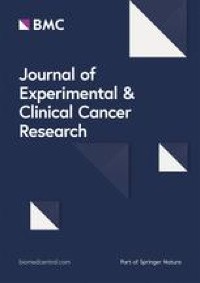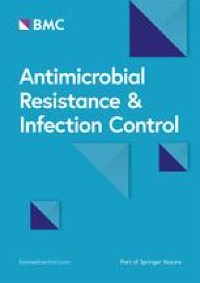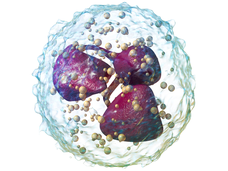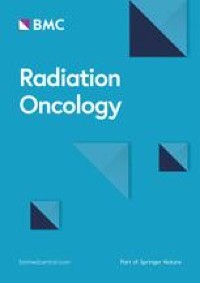In order to investigate the role of insulin growth factor binding proteins (IGFBPs) in retinal organoids, human embryonic stem cells (hESCs) were differentiated to retinal organoids using three different conditions: with IGF‐1 individually or in combination with NBI‐31772 (inhibitor of IGFBPs), and without IGF‐1. Retinal organoids were analyzed at three different time points: days 37, 90, and 120, showing an improvement in neural retinal organization and the appearance of different cell types over time. At day 120, IGF‐1 and NBI‐31722 + IGF‐1 treated organoids were characterized by the presence of all key cell types including photoreceptors precursors. Organoids cultured in the absence of IGF‐1 showed the least photoreceptor precursor generation and a predisposition toward the development of retinal ganglion cells. Together these data suggest that IGFBPs enable IGF‐1's role in retinal lamination and photoreceptor development in a stage‐specific manner.
Abstract
Development of the retina is regulated by growth factors such as insulin‐like growth factors 1 and 2 (IGF‐1/2), which coordinate proliferation, differentiation, and maturation of the neuroepithelial precursors cells. In the circulation, IGF‐1/2 are transported by the insulin growth factor binding proteins (IGFBPs) family members. IGFBPs can impact positively and negatively on IGF‐1, by making it available or sequestering IGF‐1 to or from its receptor. In this study, we investigated the expression of IGFBPs and their role in the generation of human retinal organoids from human pluripotent stem cells, showing a dynamic expression pattern suggestive of different IGFBPs being used in a stage‐specific manner to mediate IGF‐1 functions. Our data show that IGF‐1 addition to culture media facilitated the generation of retinal organoids displaying the typical laminated structure and photoreceptor maturation. The organoids cultured in the absence of IGF‐1, lacked the typic al laminated structure at the early stages of differentiation and contained significantly less photoreceptors and more retinal ganglion cells at the later stages of differentiation, confirming the positive effects of IGF‐1 on retinal lamination and photoreceptor development. The organoids cultured with the IGFBP inhibitor (NBI‐31772) and IGF‐1 showed lack of retinal lamination at the early stages of differentiation, an increased propensity to generate horizontal cells at mid‐stages of differentiation and reduced photoreceptor development at the later stages of differentiation. Together these data suggest that IGFBPs enable IGF‐1's role in retinal lamination and photoreceptor development in a stage‐specific manner.








